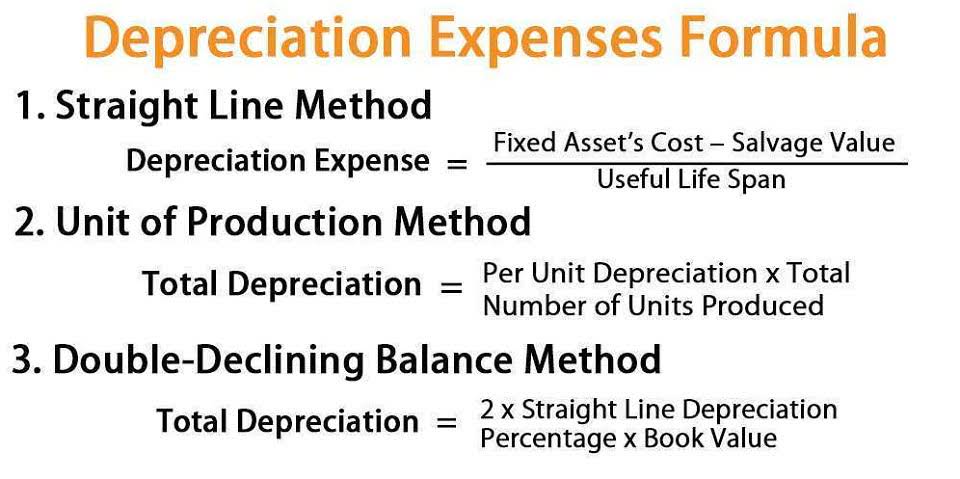
In addition, vertical analysis can aid in financial forecasting by projecting future trends based on historical data. By analyzing the percentages of line items, you can make informed predictions and support strategic planning. Vertical analysis makes it much easier to read and compare the financial statements of one business to another. This is because you can see the relative percentages in relation to the numbers as well as each other. Analyzing the percentage of cash flow dedicated to debt servicing over time informs debt management decisions. Financial planners can project how different debt strategies would impact these percentages, optimizing the balance between debt reduction and other cash flow priorities.
Vertical Financial Statement Analysis

For example, a high percentage of accounts receivable might indicate strong sales, but it could also suggest collection problems. While vertical analysis is a powerful tool, it’s important to be aware of its limitations. For a non-profit, it can reveal the efficiency of resource allocation, while in the public sector, it helps to evaluate government agencies’ budget allocation and spending patterns. It allows you to investigate how cost changes or fluctuations in revenue affect the key metrics you Bookkeeping for Painters track, and to adapt your strategy.
Vertical Analysis of Income Statement

Therefore, it is crucial to ensure the integrity Accounting Periods and Methods of the financial statements before performing vertical analysis. Advanced analytics techniques like predictive modeling and machine learning can be applied to vertical analysis data. These tools can forecast future cash flow percentages and identify complex patterns in cash flow composition.

Why Net Working Capital Matters and How to Get It Right
The investing activities section focuses on cash flows related to buying or selling long-term assets like property, equipment, or investments. Understanding this component allows you to assess how well you are allocating capital towards growth opportunities or divesting non-essential assets. To provide context for your findings, we will also discuss comparing the results of your vertical analysis with industry benchmarks. This comparison will allow you to see how well your company performs in relation to similar businesses in terms of generating and managing cash flows. In this article, we will guide you through the process of vertical analysis performing a vertical analysis of your cash flow statement. We’ll start by explaining the various categories included in a typical cash flow statement and their significance.

Applying Vertical Analysis to Financial Statements
- In the realm of finance, vertical analysis aids in comparing the composition of income and expenses over time or against industry peers.
- Write each amount on the same line as each respective amount listed on the most recent statement.
- Whether using the direct or indirect method, the goal is to provide a clear picture of a company’s cash position for decision-making and financial planning.
- The cash flow statement can be used by analysts to assess a company’s liquidity, solvency, and overall financial health.
- Regulatory frameworks, such as GAAP or IFRS, can also influence how certain expenses are reported, affecting comparability.
- By standardizing financial data into percentages, vertical analysis facilitates comparisons between companies of different sizes within the same industry.
Let’s explore the key components and importance of cash flow statements in business finance. In summary, vertical analysis is a valuable tool for financial statement analysis that provides a unique perspective on a company’s financial health. By expressing each line item as a percentage of a common base, it offers insights into a company’s cost structure, operational efficiency, and historical trends. It’s a versatile technique used by analysts, investors, and business professionals to make well-informed decisions, whether for investment purposes or assessing a company’s financial stability. Vertical analysis is a financial analysis tool that provides insights into the relative size of components within financial statements. It helps stakeholders evaluate how individual line items relate to a base figure, offering a clearer understanding of an organization’s financial health and operational efficiency.
- Operating activities focus on cash generated or consumed by core operations, offering insight into operational efficiency.
- For instance, you could examine how changes in asset turnover (from DuPont analysis) correlate with changes in operating cash flow percentages.
- Look for any trends or changes in the ratios that may indicate a shift in performance.
- This allows you to compare items on different statements more efficiently in order to identify trends or changes in performance.
- For instance, if debt repayment is consistently using a large percentage of net cash generated, it might indicate the need for debt restructuring or a shift in capital structure.






